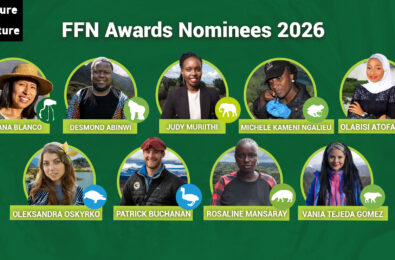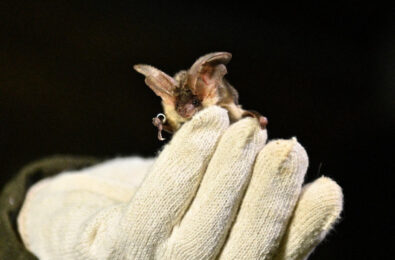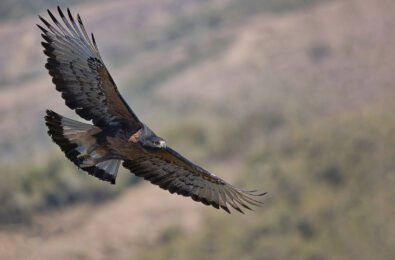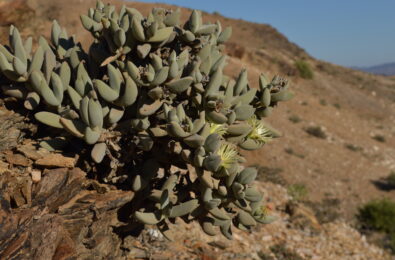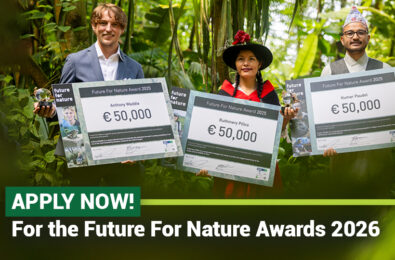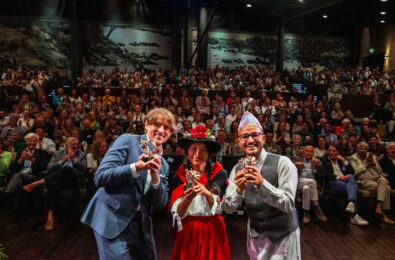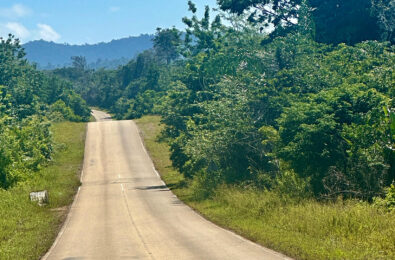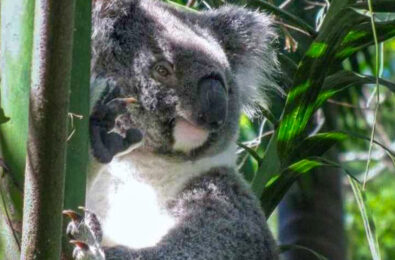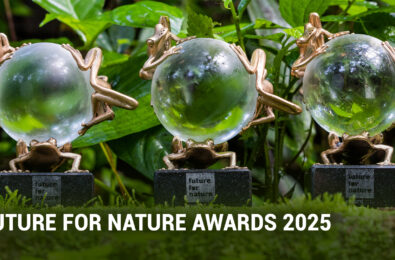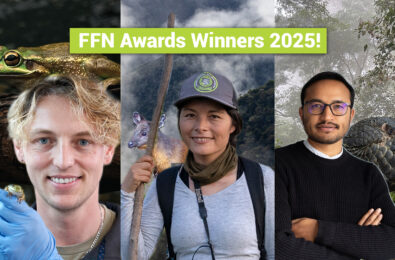Innovative Habitat Restoration for Abronia campbelli: Rebuilding the Canopy
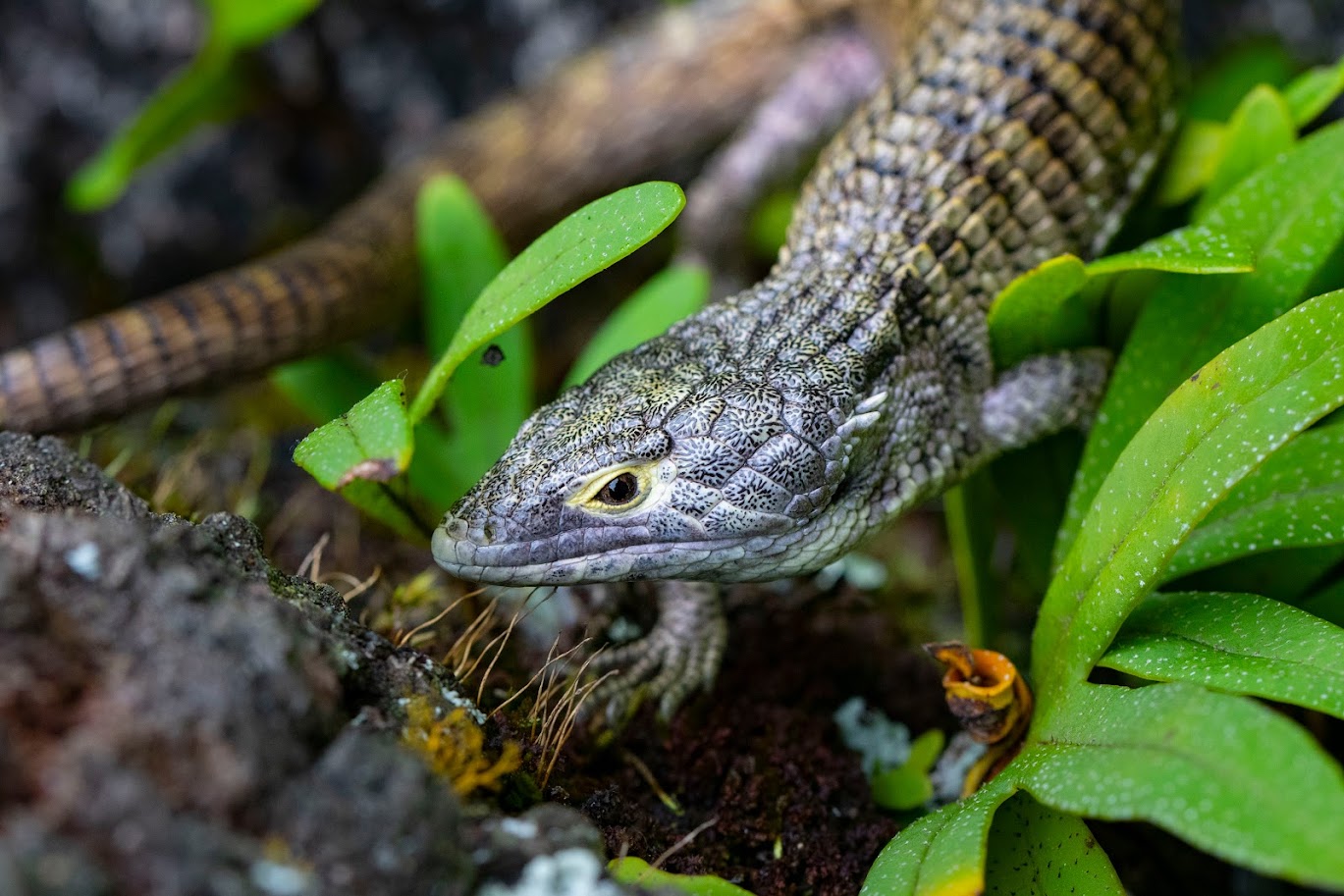
Abronia campbelli. Photo credits: Foundation for the Endangered Species of Guatemala (FUNDESGUA)
Campbell’s alligator lizard (Abronia campbelli) is a species once thought to be on the brink of a lost cause. But thanks to the dedication and optimism of Guatemalan conservationist Mónica Torres and her colleagues, there is new hope for this critically endangered lizard. Winner of the Future For Nature Award in 2021, Mónica has been tirelessly working to restore the species’ habitat, bridging the gap between local communities and nature to secure a future for A. campbelli.
Mónica’s earlier efforts focused on reforesting the area by planting native key tree species. These efforts have successfully established young, growing forests that are beginning to provide a home for the lizard once again. Now, she is taking a bold step forward with an innovative approach to habitat restoration—one that goes beyond traditional reforestation.
The Next Phase: Recreating the Canopy Microhabitat
Mónica’s latest work aims to recreate the intricate microhabitat that A. campbelli depends on, particularly focusing on the vascular epiphytes that thrive in the forest canopy. These epiphytes are essential for creating the complex structure and resources the lizard needs. Mónica explains her new strategy as follows:
- Cataloging Epiphyte Diversity: Mónica is meticulously cataloguing the diversity and abundance of epiphytes in the existing habitats. This research is key to understanding the complex relationships within the ecosystem and ensuring the success of restoration efforts.
- Greenhouse Propagation: To bring back these critical epiphytes, Mónica is constructing a specialised greenhouse to propagate key species. This allows her to grow a robust population of epiphytes that can be introduced into restored areas, effectively jumpstarting the ecosystem.
- Translocation of Adult Epiphytes: In an ambitious move to speed up the restoration process, Mónica plans to translocate adult epiphytes directly into the newly restored forests. This innovative approach will accelerate the development of a complex canopy structure by decades, providing an immediate and critical benefit to A. campbelli.
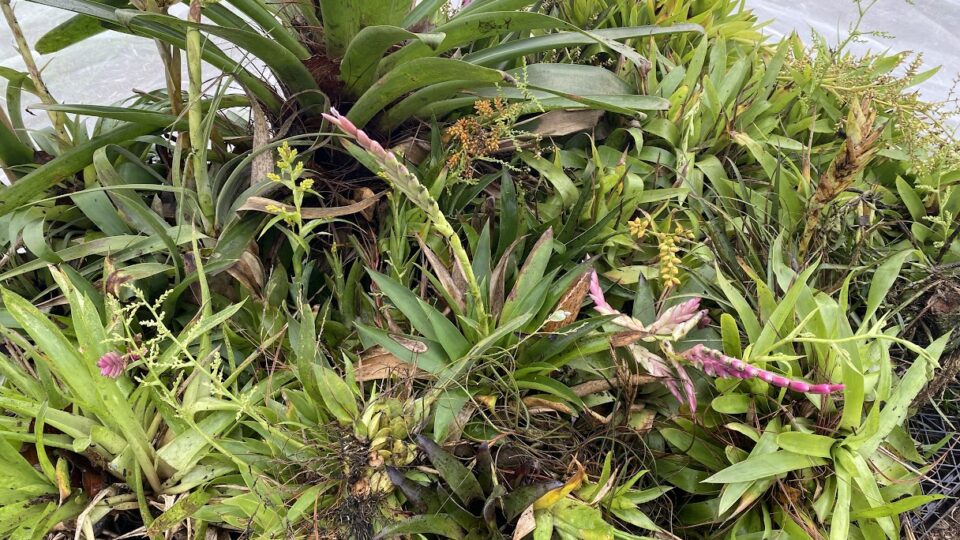
Rescued epiphytes for translocation to young forest. Photo credits: Foundation for the Endangered Species of Guatemala (FUNDESGUA)
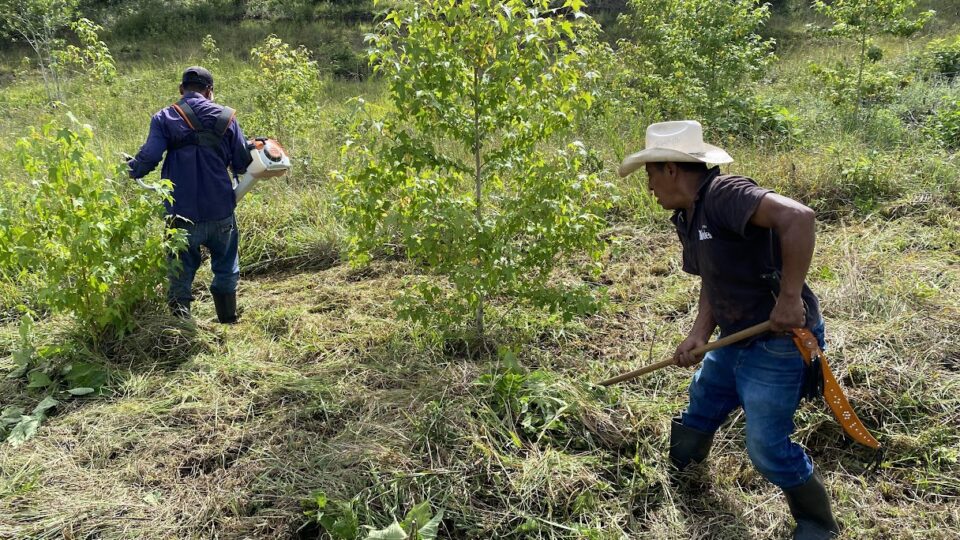
Growing the young forest through maintenance. Photo credits: Foundation for the Endangered Species of Guatemala (FUNDESGUA)
Why This Matters for Abronia campbelli
By rebuilding the forest canopy with a rich diversity of epiphytes, Mónica is creating a multi-layered habitat that offers shelter, food, and the intricate ecological network that A. campbelli requires. This new phase of restoration is not just an enhancement—it’s a lifeline that could ensure the long-term survival of this species.
Building Bridges for Conservation
Mónica’s work goes beyond just planting trees; it builds metaphorical bridges between local communities and nature. By involving local people in the restoration process and sharing her passion for conservation, she is fostering a sense of stewardship that is crucial for the ongoing protection of A. campbelli’s habitat.
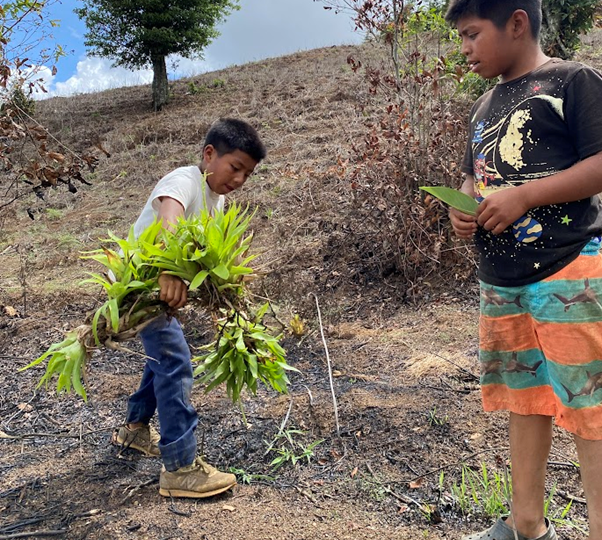
Engaging local kids in plant survey. Photo credits: Foundation for the Endangered Species of Guatemala (FUNDESGUA)
A Model for the Future
Mónica is optimistic about the impact of these efforts. She believes that by introducing this new layer of complexity into habitat restoration, she is not only giving A. campbelli a fighting chance but also setting a precedent for other conservation initiatives. Her work serves as a powerful example of how innovative thinking and community engagement can transform conservation efforts for species once thought to be beyond saving.
With Mónica and her team leading the charge, the future of Campbell’s alligator lizard is looking brighter. Through her dedication and innovative approach, we are witnessing the rebuilding of the canopy—and with it, the restoration of hope for one of the world’s most endangered lizards.
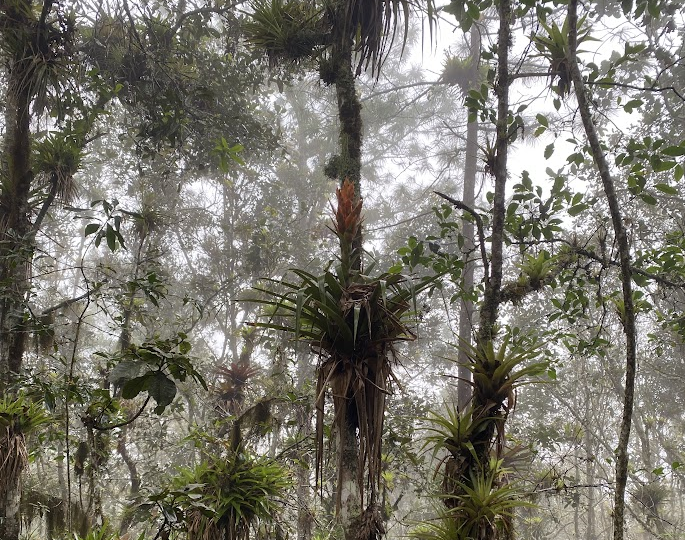
Abronia campbelli epihpyte plant canopy ecosystem. Photo credits: Foundation for the Endangered Species of Guatemala (FUNDESGUA)
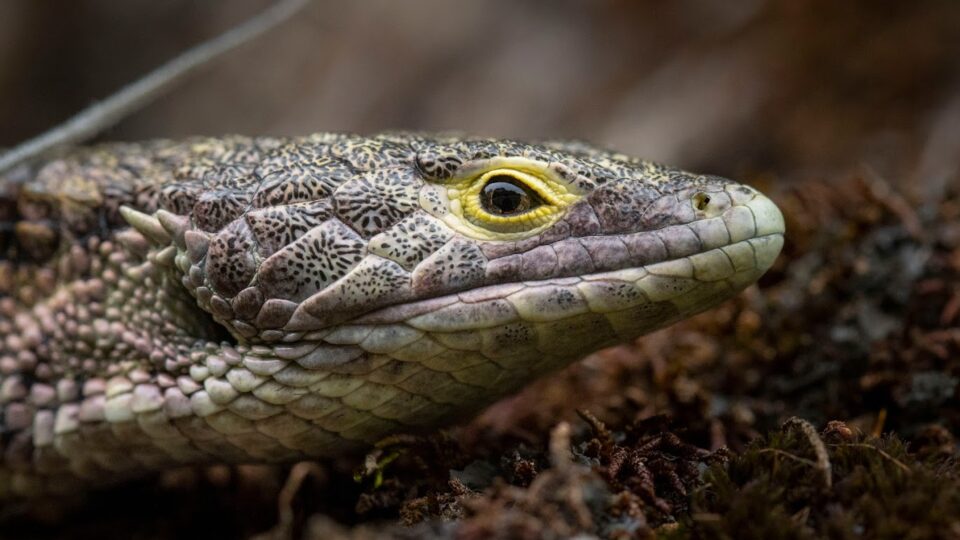
Abronia campbelli. Photo credits: Foundation for the Endangered Species of Guatemala (FUNDESGUA)
View this page for more information about Mónica’s work.






